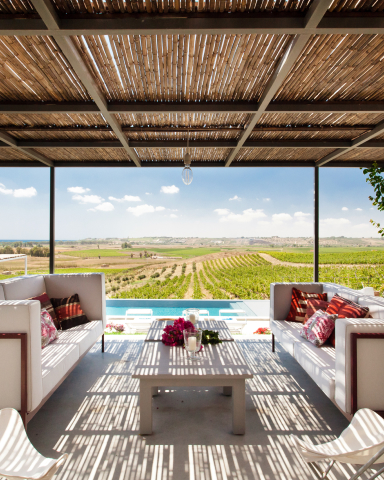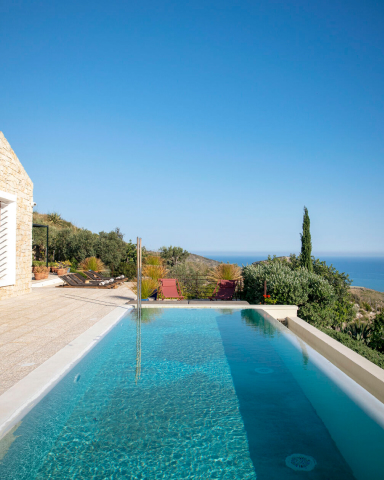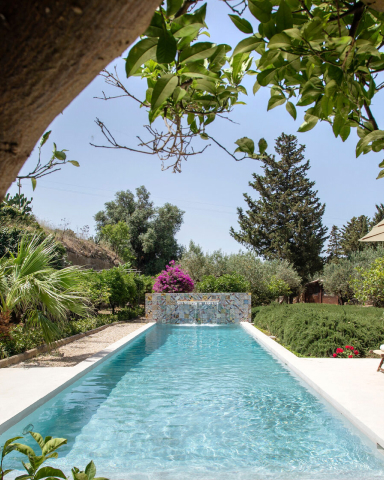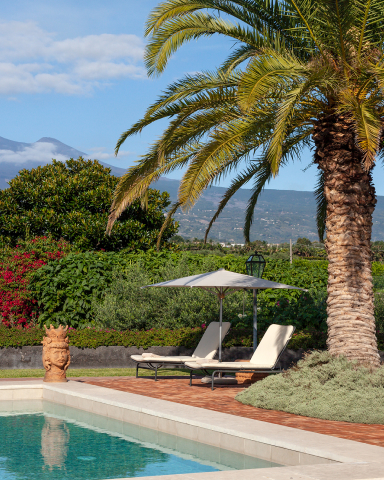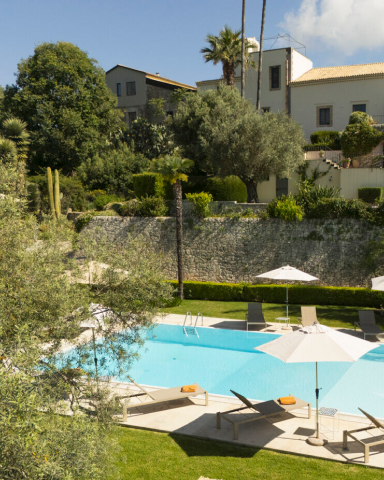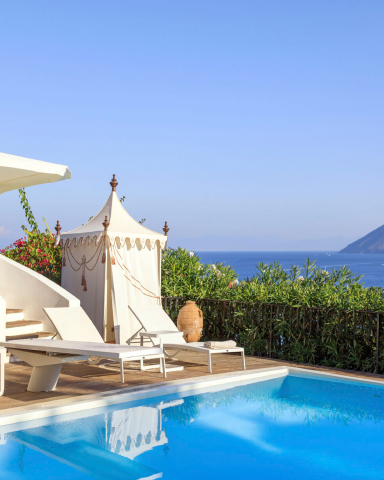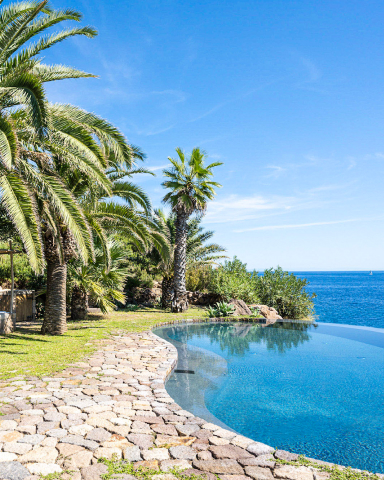UNESCO World Heritage Sites in Sicily: Complete Guide to 7 Ancient Treasures

Why Sicily Has 7 UNESCO World Heritage Sites
Sicily's unique position in the Mediterranean has made it a cultural crossroads for over three millennia, resulting in an extraordinary concentration of UNESCO World Heritage Sites. The island's strategic location attracted successive civilizations—Greeks, Romans, Arabs, Normans, and Byzantines—each leaving distinctive architectural and cultural legacies that contribute to its World Heritage status.
The diversity of Sicily's UNESCO sites reflects both human achievement and natural wonder, encompassing ancient Greek temples, Roman mosaics, Arab-Norman architecture, Baroque reconstruction, and active volcanic landscapes. This remarkable concentration makes Sicily one of the world's premier destinations for UNESCO World Heritage tourism.
Complete Guide to UNESCO Sites in Sicily
1. Syracuse and the Rocky Necropolis of Pantalica
UNESCO Inscription: 2005
Location: Southeast Sicily
Best For: Ancient Greek history, archaeological sites, baroque architecture
Recommended Visit Duration: 2-3 days
Syracuse represents one of the finest examples of ancient Greek civilization outside Greece itself. Following its decisive victory over Athens in 413 BC, Syracuse became the most powerful city in Magna Graecia, leaving behind spectacular archaeological treasures that continue to astound visitors today.
The archaeological park features the magnificent Greek Theatre, carved directly into the hillside and still used for classical performances. The Roman Amphitheatre and the mysterious Ear of Dionysius limestone cave complete this extraordinary ancient complex.
Ortigia, Syracuse's historic island heart, showcases layers of civilization through its labyrinthine streets. The stunning Piazza Duomo exemplifies this cultural fusion, where a sublime Baroque cathedral incorporates the original columns of an ancient Temple of Athena, creating one of Sicily's most photographed landmarks.
The Rocky Necropolis of Pantalica lies 25 kilometres northwest of Syracuse in the dramatic Iblei Mountains. This Bronze Age site contains over 5,000 rock-cut burial chambers dating from the 13th to 7th centuries BC, offering profound insights into pre-Greek Sicilian civilization. The site's natural gorge setting enhances its mysterious atmosphere and historical significance.
UNESCO Recognition: "The group of monuments and archaeological sites situated in Syracuse is the finest example of outstanding architectural creation encompassing several cultural influences (Greek, Roman and Baroque)."

Agrigento
2. Valley of the Temples, Agrigento
UNESCO Inscription: 1997
Location: Southwest Sicily
Best For: Ancient Greek architecture, sunset photography, archaeological walks
Recommended Visit Duration: 1-2 days
The Valley of the Temples stands as Sicily's most iconic UNESCO World Heritage Site, featuring the world's largest and best-preserved collection of ancient Greek temples outside Greece. Founded by colonists from Rhodes and Crete in the 6th century BC, ancient Akragas quickly became one of the Mediterranean's wealthiest cities.
Eight magnificent temples, constructed between 510 BC and 430 BC, showcase the pinnacle of Greek architectural achievement. The Temple of Concordia, remarkably intact after 2,500 years, provides breathtaking views across the valley, particularly during golden hour photography sessions.
The Temple of Juno Lacinia perches dramatically on the ridge's eastern edge, whilst the colossal Temple of Olympian Zeus, though ruined, demonstrates the ambitious scale of ancient Greek construction. The site's extensive archaeological museum houses priceless artifacts that illuminate daily life in ancient Sicily.
UNESCO Recognition: According to UNESCO, the Valley of the Temples "is one of the most outstanding monuments of Greek art and culture", making it essential viewing for any cultural traveller.
3. Villa Romana del Casale, Piazza Armerina
UNESCO Inscription: 1997
Location: Central Sicily
Best For: Roman mosaics, art history, luxury ancient lifestyle
Recommended Visit Duration: Half day
The Villa Romana del Casale represents the supreme example of Roman luxury villa architecture, containing the world's most extensive collection of well-preserved Roman mosaics. This 4th-century AD imperial residence remained buried for centuries, ensuring exceptional preservation of its artistic treasures.
The villa's 3,500 square metres of stunning floor mosaics depict everything from mythological scenes and Homeric adventures to detailed portrayals of Roman daily life. The famous "Bikini Girls" mosaic shows female athletes in what appears remarkably similar to modern swimwear, demonstrating the villa's appeal to contemporary visitors.
Intricate hunting scenes, exotic animals, and geometric patterns showcase the sophisticated artistic techniques of Roman craftsmen. The villa's layout reveals the lifestyle of Sicily's Roman elite, with separate areas for public entertainment, private family life, and service functions.
UNESCO Recognition: UNESCO considers Villa Romana del Casale to be "the supreme example of a luxury Roman villa, which graphically illustrates the predominant social and economic structure of its age. The mosaics that decorate it are exceptional for their artistic quality and invention as well as their extent."

Villa Romana del Casale
4. Arab-Norman Palermo and the Cathedral Churches of Cefalù and Monreale
UNESCO Inscription: 2015
Location: Northwest Sicily
Best For: Unique architectural fusion, religious art, medieval history
Recommended Visit Duration: 2-3 days
This UNESCO site celebrates one of the world's most remarkable architectural fusions, created during Norman rule from 1060 onwards. Rather than destroying existing Arab culture, the Norman rulers embraced Islamic artistic traditions, creating an unprecedented synthesis of Western, Islamic, and Byzantine influences.
The site encompasses nine extraordinary buildings across three cities:
In Palermo:
- Norman Palace with the breathtaking Palatine Chapel
- Zisa Palace showcasing Islamic architectural principles
- Churches of San Giovanni degli Eremiti, Santa Maria dell'Ammiraglio, and San Cataldo
- The Admiral's Bridge
- Palermo Cathedral
Beyond Palermo:
- Monreale Cathedral with its stunning golden mosaics
- Cefalù Cathedral overlooking the Mediterranean
The Palatine Chapel represents the pinnacle of this cultural fusion, where Islamic geometric patterns, Byzantine mosaics, and Norman architectural elements create an otherworldly spiritual space. Monreale's cathedral features over 6,400 square metres of golden mosaics depicting biblical scenes in extraordinary detail.
UNESCO Recognition: These constructions "are an example of a social-cultural syncretism between Western, Islamic and Byzantine cultures on the island which gave rise to new concepts of space, structure and decoration. They also bear testimony to the fruitful coexistence of people of different origins and religions (Muslim, Byzantine, Latin, Jewish, Lombard and French)."
5. Late Baroque Towns of the Val di Noto
UNESCO Inscription: 2002
Location: Southeast Sicily
Best For: Baroque architecture, photography, charming town exploration
Recommended Visit Duration: 3-4 days
Following the devastating 1693 earthquake that destroyed much of southeastern Sicily, an extraordinary Baroque renaissance emerged from the ruins. Eight towns were rebuilt or extensively renovated, each developing its distinctive late Baroque style that represents the culmination of European Baroque architecture.
The Eight UNESCO Towns:
- Caltagirone - Famous for ceramic production and the 142-step Scala di Santa Maria del Monte
- Catania - Sicily's second city with dramatic black lava stone architecture
- Militello Val di Catania - Intimate town with exquisite church facades
- Modica - Multi-level city famous for chocolate and stunning San Giorgio cathedral
- Noto - The "Garden of Stone" with honey-coloured limestone buildings
- Palazzolo Acreide - Hilltop town with magnificent church architecture
- Ragusa - Split between upper Ragusa Superiore and baroque Ragusa Ibla
- Scicli - Charming town with theatrical church facades
Each town offers unique architectural experiences, from Noto's golden limestone perfection to Ragusa's dramatic hillside setting. The creativity and artistry displayed in these reconstructions showcase human resilience and artistic achievement.
UNESCO Recognition: The Late Baroque Towns "provide outstanding testimony to the exuberant genius of late Baroque art and architecture and represent the culmination and final flowering of Baroque art in Europe."

Noto
6. Mount Etna
UNESCO Inscription: 2013
Location: Eastern Sicily
Best For: Volcanic landscapes, hiking, unique ecosystems, wine tasting
Recommended Visit Duration: 2-3 days
Mount Etna stands as Europe's highest active volcano at 3,350 metres, dominating Sicily's eastern landscape for approximately 500,000 years. This natural UNESCO World Heritage Site offers extraordinary diversity across its 1,190 square kilometres, from lunar-like crater landscapes to lush forests and renowned vineyards.
The volcano's almost continuous activity provides unparalleled opportunities for volcanological research whilst creating unique ecosystems that support endemic flora and fauna. Guided tours safely explore recent lava flows, ancient craters, and the remarkable Valle del Bove, a massive depression carved by prehistoric eruptions.
Etna's fertile volcanic soils produce exceptional wines, particularly from vineyards on the volcano's slopes where indigenous grape varieties thrive in the mineral-rich earth. The contrast between destructive lava flows and life-giving soil exemplifies nature's dual character.
Adventure opportunities include cable car rides, guided volcano hikes, and winter skiing on Europe's most active volcano. The changing landscapes, from Mediterranean vegetation to alpine conditions, create unforgettable experiences for every fitness level.
UNESCO Recognition: Mount Etna's inclusion recognises its "almost continuous eruptive activity which continues to influence volcanology, geophysics, and other Earth science disciplines. The volcano also supports important terrestrial ecosystems including endemic flora and fauna and its activity makes it a natural laboratory for the study of ecological and biological processes."

Mount Etna
7. Aeolian Islands
UNESCO Inscription: 2000
Location: North of Sicily in the Tyrrhenian Sea
Best For: Island hopping, volcanic landscapes, pristine waters, sailing
Recommended Visit Duration: 4-7 days
The seven Aeolian Islands represent a living laboratory of volcanic activity, where two distinct types of eruptions (Vulcanian and Strombolian) have advanced volcanic science for over 200 years. This UNESCO archipelago combines natural wonder with pristine Mediterranean beauty.
The Seven Islands:
- Lipari - The largest island with pumice quarries and archaeological museum
- Vulcano - Famous for therapeutic mud baths and sulfurous fumaroles
- Stromboli - The "Lighthouse of the Mediterranean" with regular spectacular eruptions
- Salina - Lush island known for capers and Malvasia wine
- Panarea - Chic destination with Bronze Age village remains
- Filicudi - Wild and unspoilt with dramatic cliff formations
- Alicudi - The most remote island, perfect for complete tranquillity
Stromboli provides the world's most accessible active volcano experience, with regular evening eruptions visible from safe viewing points. The island's persistent activity has made it essential for volcanic research and spectacular for visitors.
Crystal-clear waters surrounding the islands offer exceptional swimming, snorkelling, and diving opportunities. The volcanic underwater landscapes create unique marine ecosystems whilst black sand beaches provide striking contrasts to traditional Mediterranean coastlines.
UNESCO Recognition: The islands "have provided the science of volcanology with examples of two types of eruption (Vulcanian and Strombolian) and thus have featured prominently in the education of geologists for more than 200 years."
Planning Your UNESCO Sicily Tour
Best Time to Visit UNESCO Sites in Sicily
The optimal period for exploring UNESCO World Heritage Sites in Sicily runs from April through October, with shoulder seasons (April-May and September-October) offering pleasant weather with fewer crowds. Summer provides longer daylight hours for sightseeing but can be quite hot, particularly at inland sites like Villa Romana del Casale.
Transportation Between UNESCO Sites
Renting a car provides maximum flexibility for visiting multiple UNESCO sites, particularly the Baroque towns of Val di Noto which are easily combined. Public transportation connects major sites, whilst guided tours offer expert commentary and convenient logistics for complex sites like the Aeolian Islands.
Duration and Itinerary Planning
A comprehensive tour of all seven UNESCO World Heritage Sites in Sicily requires 10-14 days minimum. Prioritise sites based on personal interests: ancient history (Syracuse, Agrigento), architecture (Palermo, Noto), or natural wonders (Etna, Aeolian Islands).
Best UNESCO Sicily Itineraries
The Complete UNESCO Sicily Tour (14 days)
Palermo → Cefalù/Monreale → Aeolian Islands → Mount Etna → Syracuse/Pantalica → Noto Baroque Towns → Agrigento → Piazza Armerina
This comprehensive itinerary covers all seven UNESCO sites with adequate time for meaningful exploration and luxury villa relaxation.
Ancient Sicily Focus (10 days)
Syracuse → Agrigento → Piazza Armerina → Palermo/Monreale → Cefalù
Perfect for history enthusiasts, this route emphasises archaeological and architectural heritage whilst maintaining comfortable travel distances.
Natural Wonders & Culture (7 days)
Mount Etna → Aeolian Islands → Palermo → Noto
Ideal for shorter visits, combining Sicily's most dramatic natural sites with essential cultural experiences.
Frequently Asked Questions

We're Villa Matchmakers
Because our local experts have personally visited each of our destinations, we know exactly what makes them special. Tell us what your ultimate villa holiday looks like, and allow us take care of the rest.

